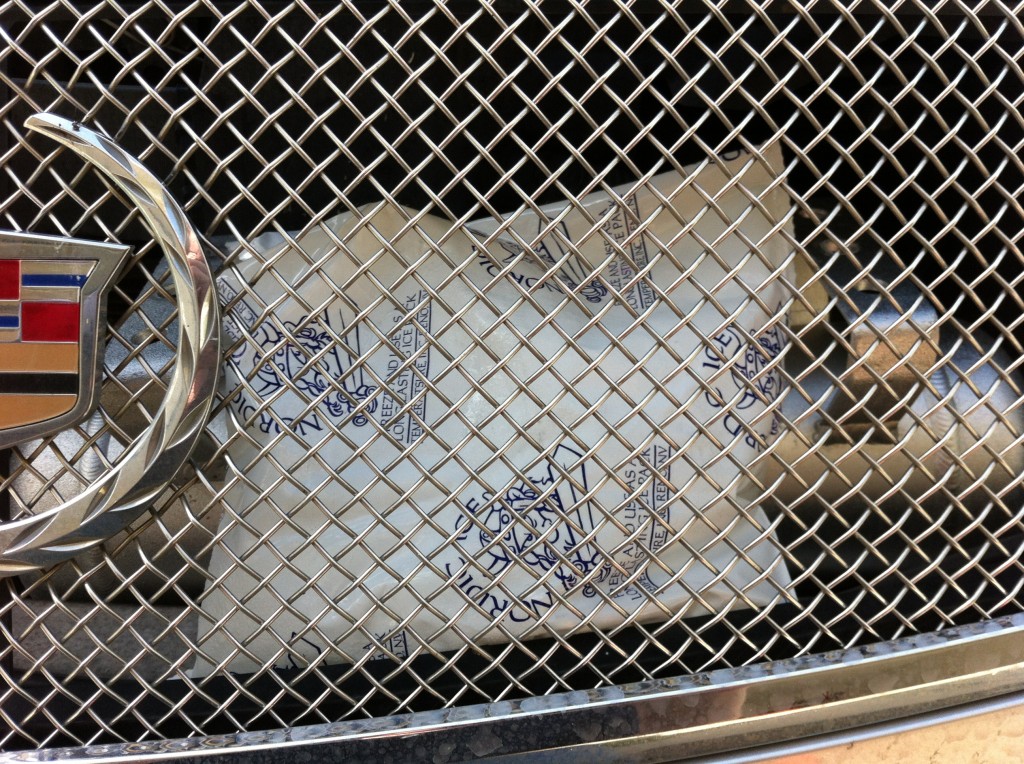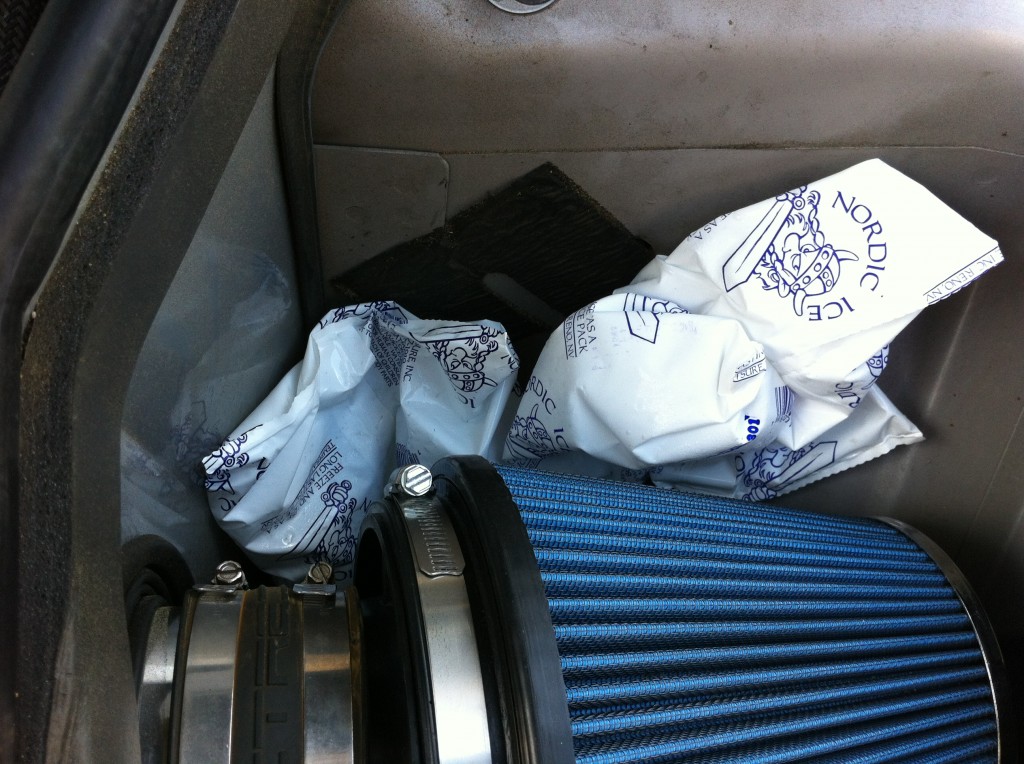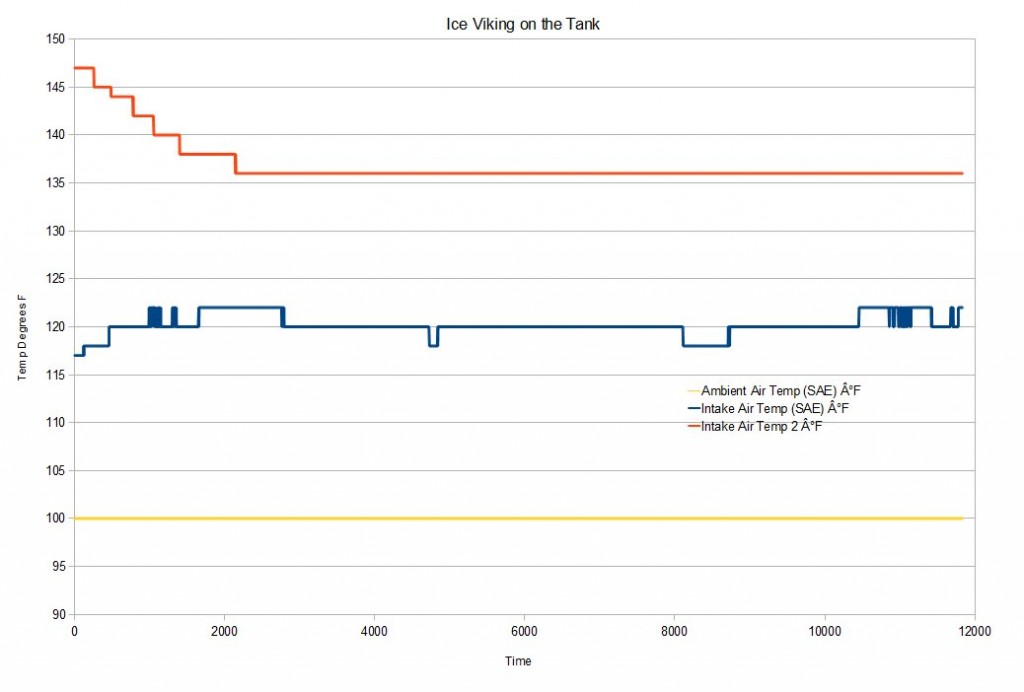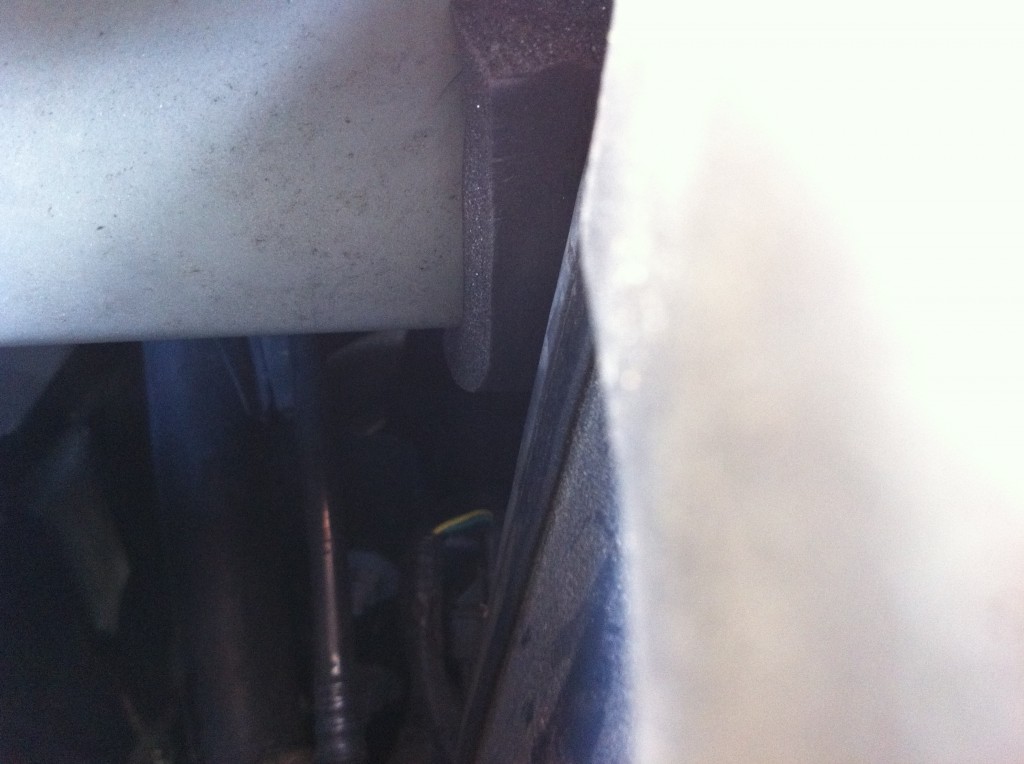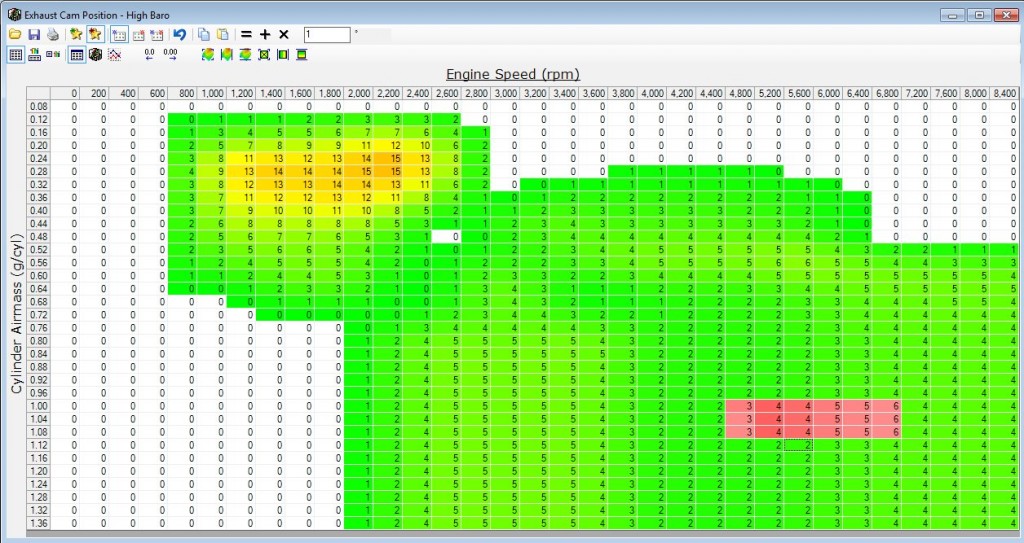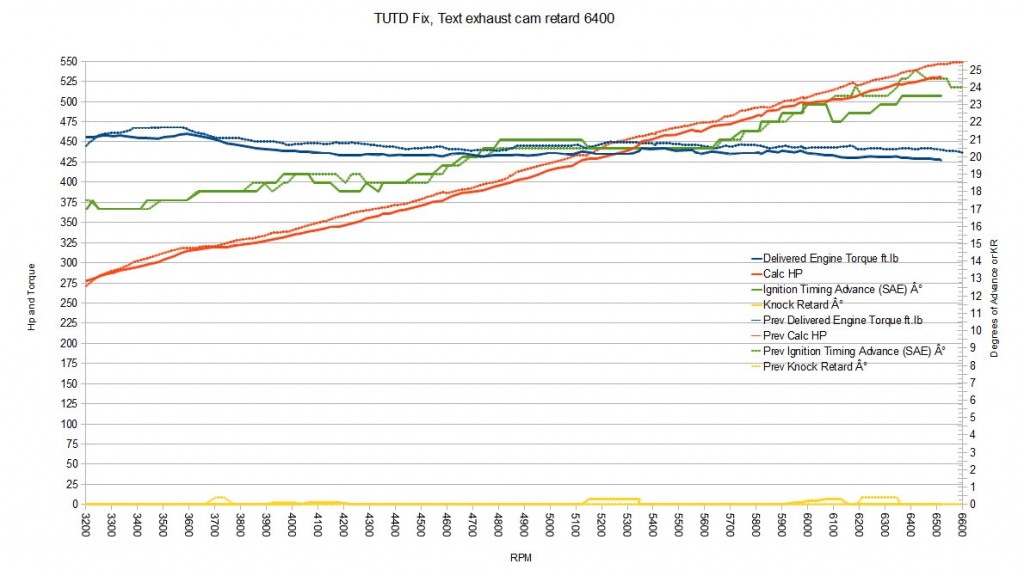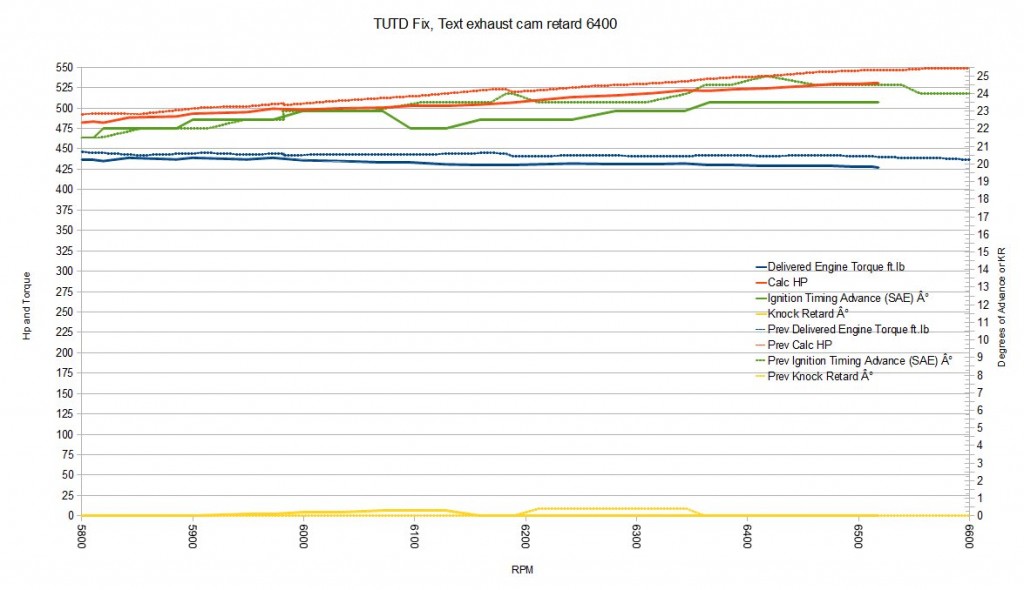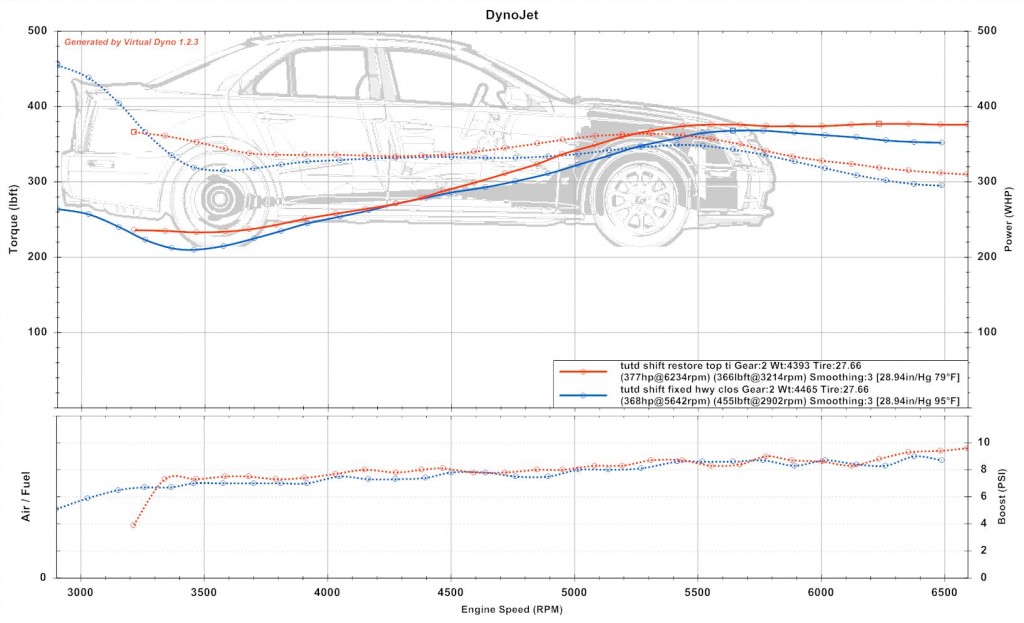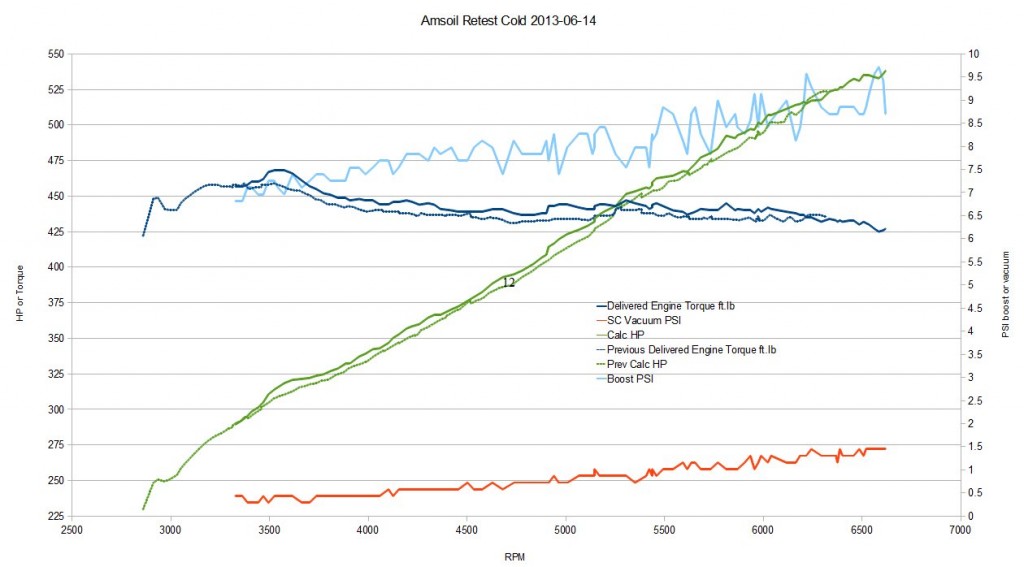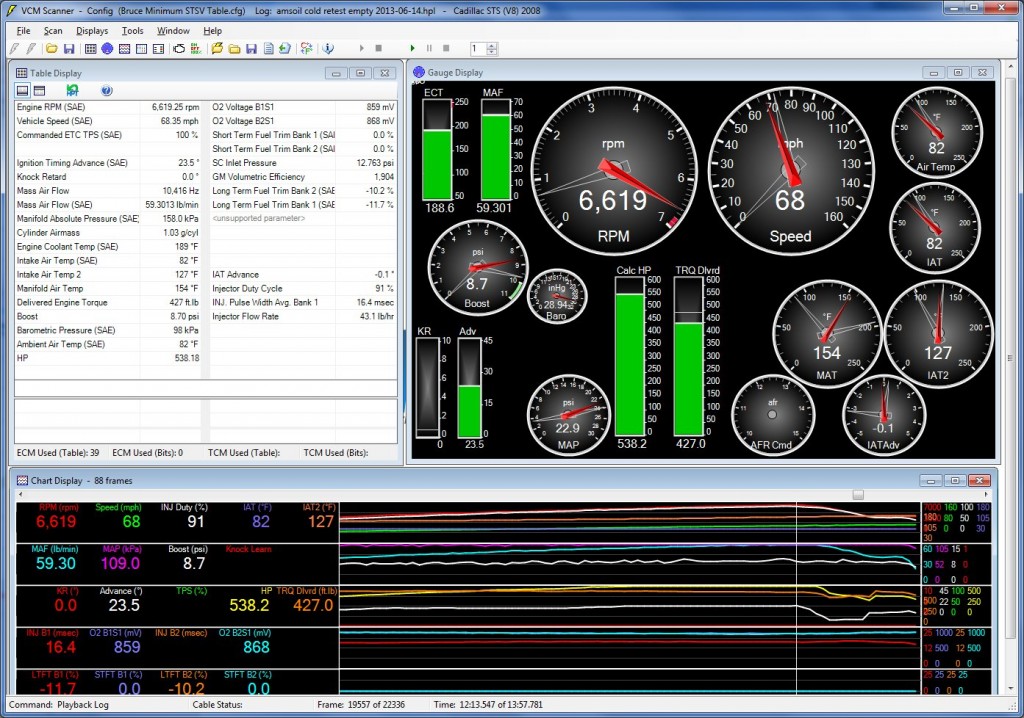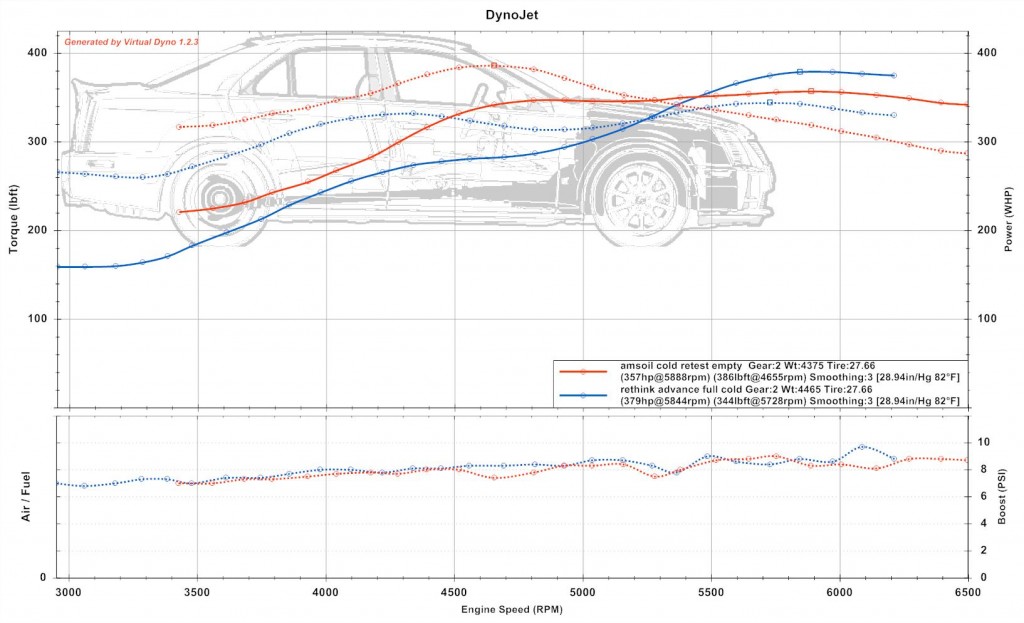We receive some meds packed in thermal blankets with Nordic Ice gel packs tucked in to keep them cold. “freeze and re-use as long-lasting ice packs” they say. I have a hot intercooler coolant system (most any day). What happens if we put these two ideas together?
In my intercooler system, coolant flow up from the pump to the intercooler, then down to a heat exchanger, through a reservoir, another heat exchanger, and back to the pump. Almost none of the system is accessible with the nose of the V in place.
However, if I remove the engine covers and gently pry back the air guides, I can just slot in Nordic ice bags on the AVS aluminum coolant tank.
I had extras so I put them near the filter to try to provide some local A/C.
The yellow line is ambient temp in the driveway — yes 100F here in Texas. The blue line is air into the engine intake — around 120F. The Red line we would like to see go down to below 100F (wishes). What we see is that it falls from 148F to a flat steady 138F and stays there regardless of the iced tank.
I did discover that there was radiator air leaking into the filter area near a joined metal location and applied a seal there to block hot air coming to the filter.
Conclusion
The test was not ideal, as no air was flowing over the two heat exchangers since the V was sitting with the engine running in the driveway. I was hesitant to drive with the Nordic Ice packs just loosely stacked on the AVS tank. However, I could in a future test add a fan over the heat exchangers.
It would be great to engineer a system to allow ‘transfusion’ of cold intercooler coolant into the system when heat soaked and thus restore it to cold temps for testing.

